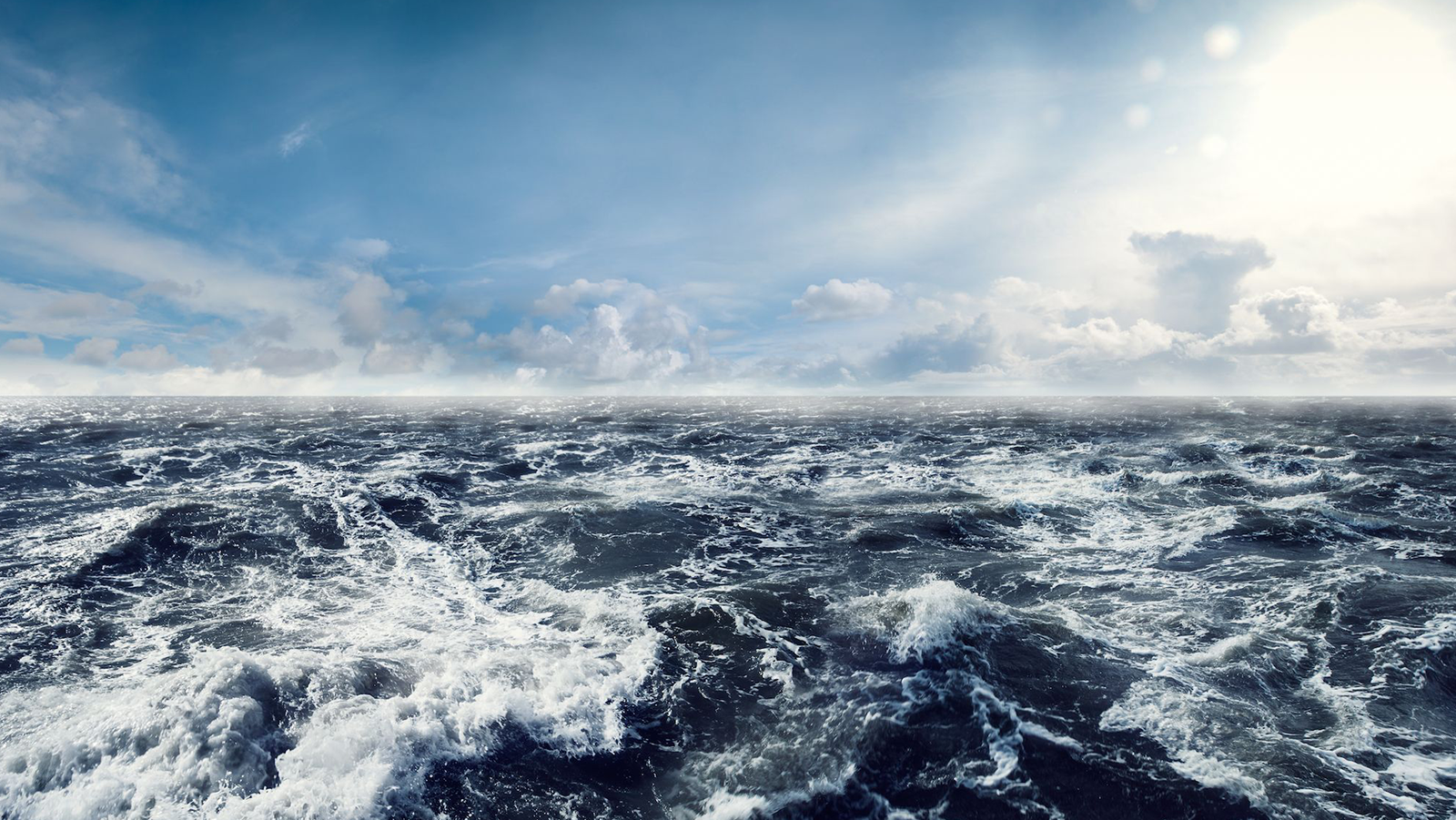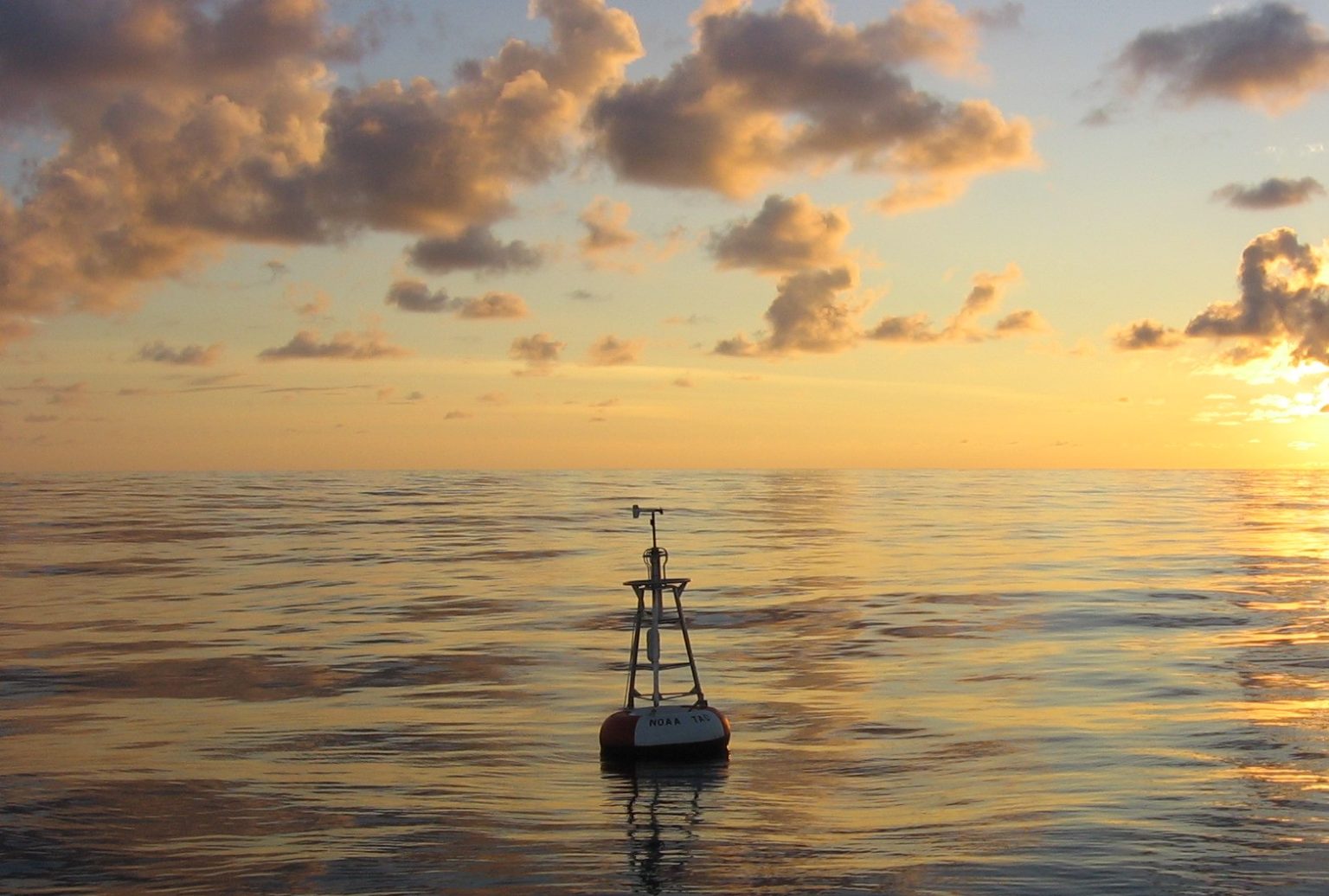Emerging technology will allow scientists to better understand abundance and diversity of aquatic species
The United States’s aquatic resources are a national treasure, a system of oceans, bays, estuaries, rivers, lakes and wetlands that scientists have studied for more than two centuries—and are still revealing secrets of the plants and animals that call these waters home.
Today, scientists are uncovering the story of these ecosystems by studying biomolecules—such as DNA, RNA, and proteins—that reveal the biological foundations of these ecosystems. Using new tools and techniques adapted from the fields of forensics and genetics, scientists can now obtain richly detailed primary signatures of aquatic life just by collecting samples of water.
To maximize the vast potential of these new tools, the White House Office of Science and Technology Policy released the National Strategy for Aquatic Environmental DNA, a strategy that creates a pathway to standardize, systematize, and share eDNA data and methods widely across public and private entities.
“The National Aquatic eDNA Strategy lays out a plan to harness the power of eDNA to explore, map, monitor, and better understand aquatic life in order to sustain and restore biological resources now and in the future,” said Kelly Goodwin, the NOAA co-chair of eDNA Task Team of the Subcommittee on Ocean Science and Technology Interagency Working Group on Biodiversity.
The eDNA Task Team worked with more than 100 scientists and experts from 24 federal agencies and programs to develop the strategy to ensure a whole-of-government coordination for the use of eDNA for aquatic biodiversity monitoring.
Krista Nichols, lead for the NOAA Fisheries Omics Strategic Initiative, emphasized how eDNA will revolutionize the collection of data for fisheries and ecosystem assessments, both to quantify species abundance and diversity. “This may be particularly true in regions or applications where data is lacking, such as untrawlable habitat, or for species not routinely surveyed due to limited resources or limited access.”
One initial set of goals is to harmonize technical approaches, coordinate observations, and align communication strategies to create a nationwide eDNA network that informs decisions which promotes broad and innovative use of these groundbreaking tools in decision-making.
Zachary Gold, group lead for the NOAA Pacific Marine Environmental Lab eDNA program, said high-quality marine biodiversity data alongside high-resolution seawater chemistry and physics is critical for NOAA to understand and forecast how marine ecosystems are responding to changing ocean conditions.
“The National Aquatic eDNA Strategy is a call to action for federal agencies to coordinate efforts with state, regional, NGO, and tribal entities to scale biodiversity observations,” Gold said. “Mobilizing biodiversity data at scale through this strategy will enable NOAA to better inventory marine life, improving NOAA’s ability to steward our nation’s ocean resources.”
Samples of lake, stream, estuary, and ocean water all contain biomolecules from the organisms that live there. Not only can the species composition of these communities be revealed by eDNA, but recent scientific advances have revealed their abundance, diet, and changes over time. Recent decreases in costs of genetic sequencing, the relative ease of collecting water samples compared to other biological survey methods such as animal capture, and improved understanding of the reliability of eDNA measurement have resulted in the emergence of a powerful aid to traditional biological surveys.
Many agencies and research institutions already employ eDNA detection in a variety of applications, and several federal agencies are independently developing eDNA technologies. However, their sampling, analyzing, and reporting methodologies vary considerably, which reduces the value of data sharing, reporting, and use for policy and management.
NOAA has been leading the research and development of eDNA tools for the past decade to exploit new ways of investigating aquatic systems and biodiversity.
- NOAA Fisheries collects eDNA to quantify the abundance of marine and anadromous fish, non-invasively investigate genetics, diet and health of protected marine mammal species including whales, porpoises and dolphins in U.S. waters.
- NOAA Research laboratories use eDNA analysis for a variety of research applications. The Pacific Marine Environmental Laboratory collection of eDNA during the 2021 West Coast Ocean Acidification Cruise allowed scientists to draw preliminary conclusions regarding community structure in relation to warming, ocean acidification, and low-oxygen events (hypoxia) along this expansive spatial gradient. Analysis of archived samples revealed marked shifts in California Current Large Marine Ecosystem fish larvae communities across a 23-year time series, with large changes in response to the 2014–2016 marine heatwave. The Atlantic Oceanographic and Meteorological Laboratory has created a low-cost, open-source sub-surface automated environmental DNA (eDNA) sampler, for sampling eDNA in the water, and has worked closely with the Great Lakes Environmental Research Laboratory to autonomously monitor for harmful algal blooms using autonomous ‘omics technology.
- Cruises conducted by the Global Ocean Monitoring and Observing Program and the Ocean Acidification Program have begun to collect eDNA to understand large-scale changes to ocean plankton systems.
- Ocean Exploration routinely carries out eDNA collections to explore the biodiversity of the deep ocean, such as deep-sea coral communities in the remote tropical Pacific Ocean.
To learn more, visit the NOAA ‘Omics website.


